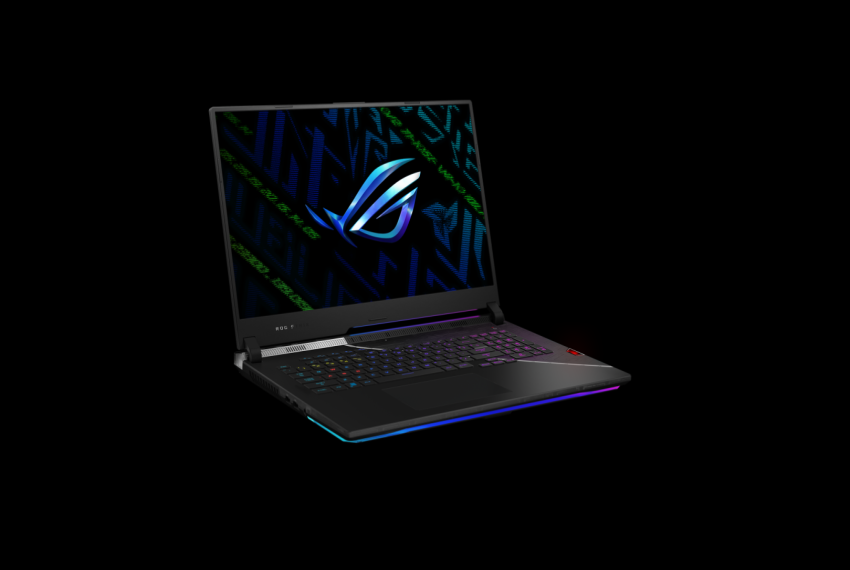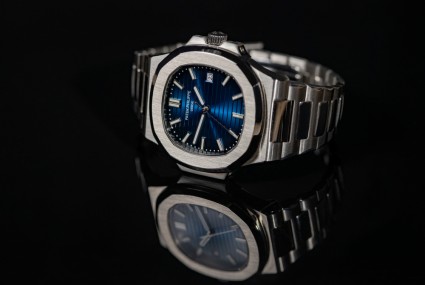- Email: office@atommarkt.com
- Call Us: +43 660 742 0707
Blog Details

Six mistakes to avoid when buying a gaming laptop
Not taking into account the weight and size
of the equipment
Consider what would happen if you had to move a particularly hefty gaming laptop if you needed to use it in different areas on occasion, or even if you needed to use it on your lap for brief periods of time. True, weight and size aren't as vital in a gaming laptop, but that doesn't mean we shouldn't give them some consideration because, in the end, if we're going to buy a "monster" weighing 3 kilograms or more, we'd be better off heading straight for a desktop PC.
In general, a gaming laptop that weighs less than 2.5 kg is preferable, however, this will depend on its characteristics and how essential power is to us.
The processor matters, but not more than the graphics
When we get a laptop of this type, our goal is to play as much as possible. Current games are increasingly dependent on the GPU and do not require an incredibly strong CPU to provide acceptable performance, which means that we may enjoy a pleasant experience even with low-mid-range processors.
With this in mind, it's easy to see why purchasing a gaming laptop with a high-end GPU and a mid-range CPU is a good idea, and why purchasing a gaming laptop with a mid-range GPU and a mid-range CPU is a bad idea. high is a blunder.
The ASUS TUF Dash F15, which a buddy purchased on my recommendation when it was only 899 dollars, runs significantly better in games despite the fact that it has an Intel Core i7-11370H and a 6 GB GeForce RTX 3060 Mobile. This graphics card is far more powerful and makes a significant difference in games, while the processor is capable of moving any current title with certainty. The basic conclusion to be drawn from this point is that we must prioritize the graphics card once we have reached the minimum suggested CPU level.
The amount of RAM is key
Yes, the number is important, but so is configuration. Purchasing a gaming laptop with 16 GB of RAM is undoubtedly the most recommended today, as that figure will allow us to play any current or future title with full guarantees, but we must also consider other important factors, such as its speed and whether it is configured in double channel or single channel.
Most laptop manufacturers utilize RAM that is fast enough for the processor to run at maximum speed, so we have nothing to worry about here. However, the dual channel issue might cause issues because many PCs still come with a single RAM memory module, even in 16 GB versions.
Look for versions with 16 GB of RAM memory configured in dual channel, as this mode activates a 128-bit bus, double the bandwidth. The communications between the CPU and the RAM will be faster as a result, which will boost performance. When set as a single channel, however, the bus is limited to 64 bits.
Not all graphics cards are the same
This is a topic that still raises many questions, and we will clarify it in the simplest way possible to avoid adding to the ambiguity. The architecture, number of shaders, the quantity of graphics RAM integrated, and maximum working frequency of a graphics card for gaming laptops impact its performance.
The maximum working frequency might vary substantially depending on the turbo mode, and this is closely related to each graphics card's maximum usage. Within the same series of graphics cards, there may be numerous variants with varying power consumption and thus working speeds. It goes without saying that a graphics card that operates less frequently than another in order to consume less power and generate less heat would perform worse.
For all of this, the identical graphics card configured with two different consumptions will perform differently. A GeForce RTX 3060 Mobile setup with a consumption of 85 watts, for example, will perform worse than one configured with a consumption of 125 watts. The difference can be significant, and this can cause graphics cards in the lower range but with higher consumption to outperform superior ones but with lower consumption.
Higher power consumption graphics cards, denoted as TGP for NVIDIA solutions and TBP for AMD devices, will be more powerful but will consume more power and emit more heat, limiting their inclusion in standard laptops. gaming bigger and heavier They will, without a doubt, require more expensive, massive, and noisy cooling systems.
The importance of screen quality
This is another of the most common blunders that users make while purchasing a gaming laptop. They blind themselves and do not look past the CPU and GPU arrangement; they believe they have made a fantastic buy, but when they go home and see the quality of the screen, they are terribly disappointed.
The screen quality is related to the type of panel that each computer mounts, but even if we know that a laptop comes with a VA or IPS panel, it is vital to consider other factors such as the color spaces that it can cover and if it includes technologies such as Adaptive Sync. Although a VA or IPS panel has very good viewing angles of 178 degrees, it is not always an absolute guarantee.
Even if we do not have enough power to reach the maximum refresh rate of the panel, Adaptive-Sync technology makes a significant difference in any gaming laptop since it contributes to producing a clean image free of image breakage and micro-jerks. created by the uneven and asynchronous creation of frames, even when we drop below 60 frames per second
Pre-installed operating system
This has become a rather common blunder, owing to a trend among OEMs to provide gaming laptops at a somewhat reduced price in exchange for suppressing the operating system. This normally implies a savings of between 100 and 200 dollars, but it can cause more than a headache because not all users are aware of this, and installing Windows 10 or Windows 11 on a gaming laptop is not always easy, especially if it has certain features that require specific drivers.
This is not to say that it is necessary to buy a gaming laptop with the operating system pre-installed; in fact, we did the opposite in my last renewal; but it is important to consider because if we are not aware that our new laptop will arrive without an operating system, we may be surprised, and we will have to devote time to carry out the installation of the same, as well as the necessary drivers.
You will not have a problem if you are a user with minimum understanding, but if you do not have experience, you may feel lost and that at the least problem at the driver level, you will have to resort to a professional, which means that these savings may be obscured by complete. Remember that all of your equipment's drivers are usually available on the manufacturer's website. It will save you time to get them downloaded on a USB device.
Post by Bryan C.









